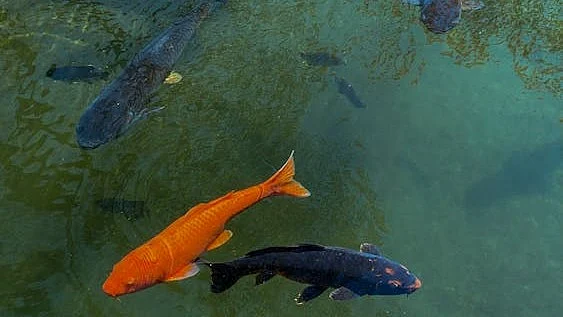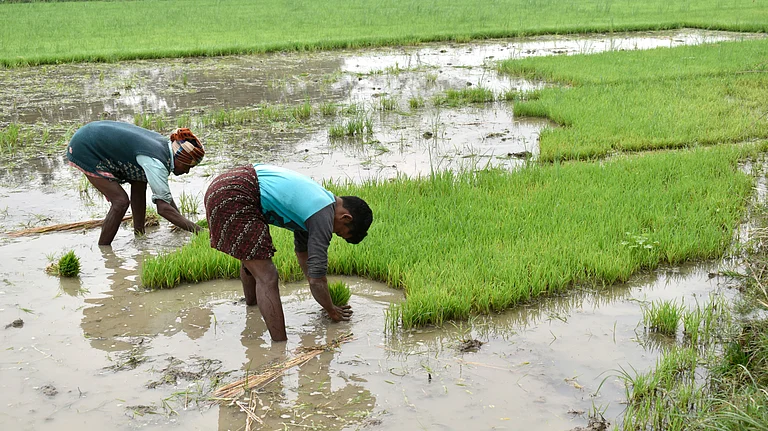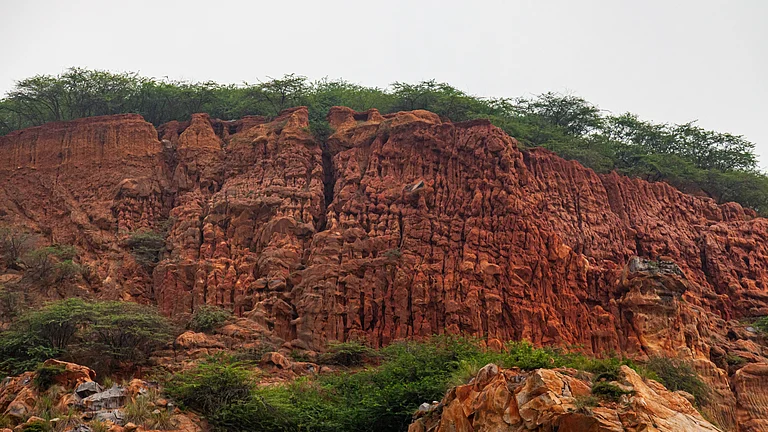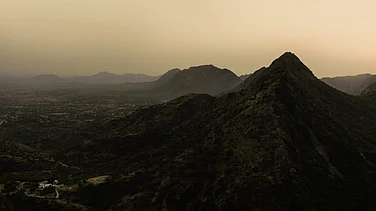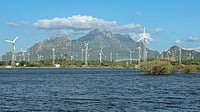The multi-taxon global freshwater fauna assessment for The IUCN Red List of Threatened Species has raised concerns over growing threats to freshwater species, identifying the Western Ghats as a key hotspot. According to the study, one-quarter of freshwater species globally face a high risk of extinction, with 89 confirmed and 187 suspected extinctions recorded since 1500 AD. These findings, co-authored by species experts from across the globe, were published in the journal Nature on January 8
The study highlighted that the largest concentrations of threatened freshwater species are located in Lake Victoria, Lake Titicaca, Sri Lanka’s Wet Zone, and India’s Western Ghats. These regions have some of the planet's richest freshwater biodiversity, including species found nowhere else.
Key Causes Revealed
Calling pollution, dams and water extraction, agriculture, invasive species, and overharvesting as “prevalent threats”, the study revealed, “Pollution is also considered a key threat to fishes (59%), again with agricultural and forestry effluents (45%) as the key sources, followed by domestic and urban waste waters (29%), and industrial and military effluents (21%).”
“Close to one-fifth of threatened freshwater species are recorded to be affected by climate change and severe weather events,” revealed the study.
This study acts as a reality check and a vital tool for guiding efforts to prevent further species losses. Freshwater species, including fish and aquatic plants, play a crucial role in industries like fisheries and agriculture. Their decline could result in substantial economic losses, disrupt livelihoods and weaken ecological systems critical to water management and biodiversity.
Ongoing Threat to Freshwater Species
In 2011, the IUCN study had revealed that nearly 16% of freshwater fish, mollusks, dragonflies, damselflies and aquatic plants along peninsular India were threatened with extinction due to water pollution from agricultural and urban sources, as well as overharvesting, reported DowntoEarth.
The study found that among the freshwater species under threat, 54% are affected by pollution, 39% by dams and water extraction, 37% by agriculture and other land use changes, and 28% by invasive species and diseases.
The 2011 study also identified water pollution as the most significant threat, with urban and domestic pollution ranking highest, followed by agricultural and industrial sources. Other contributing threats include overharvesting, residential and commercial development, dam construction, invasive species, agriculture, aquaculture, energy production and mining.
These findings are the result of more than two decades of comprehensive assessments involving contributions from over 1,000 species experts worldwide. Given the Western Ghats' recognition as a UNESCO World Heritage Site, safeguarding its unique freshwater biodiversity must be a top conservation priority for India.





